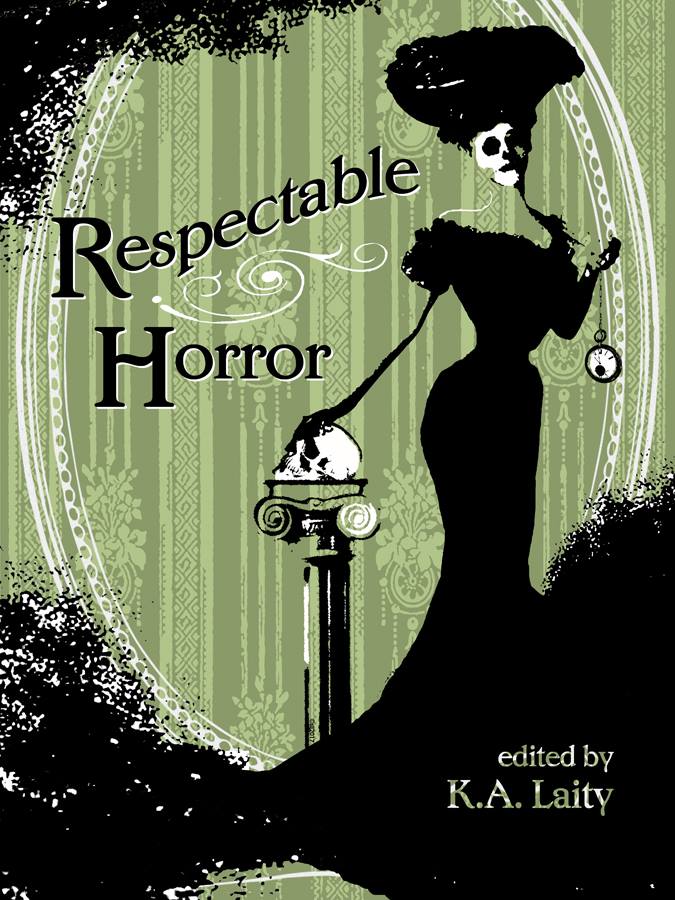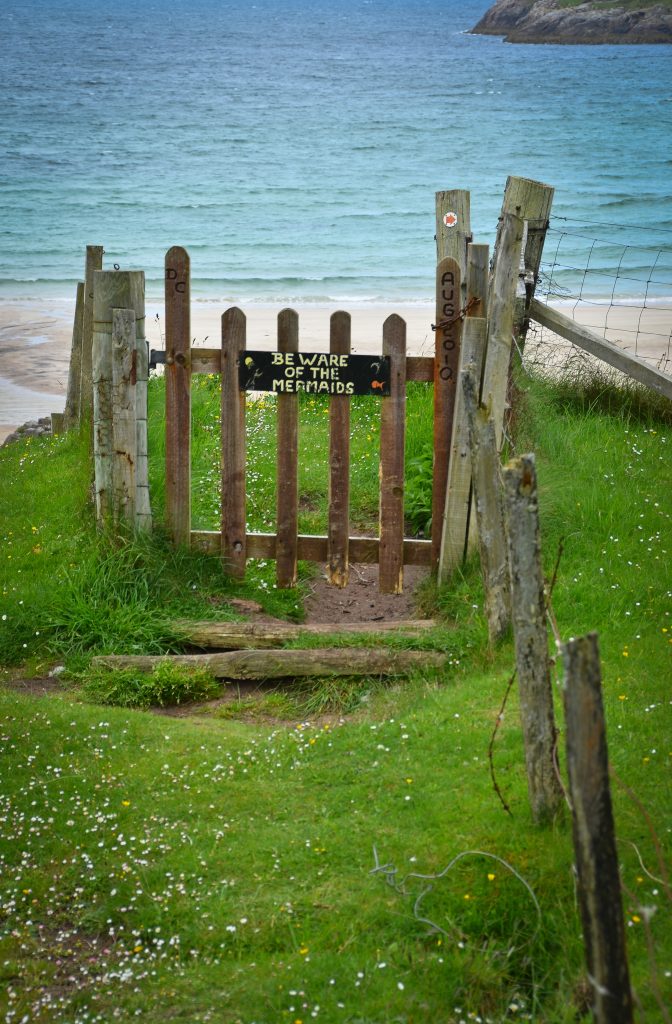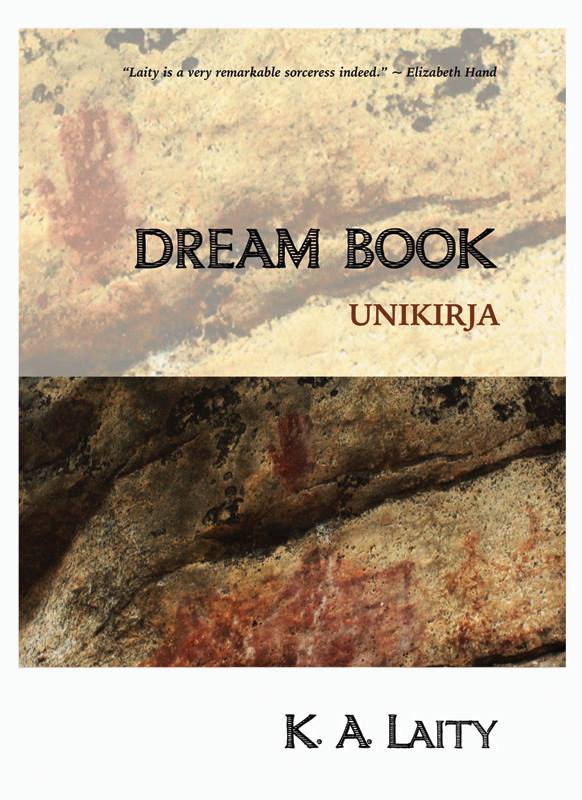Get your hands on this beauty! Respectable Horror is out in the wilds and ready to be lured to your home. Miss Poppy (our cover model designed by S. L. Johnson) will lead the way to a spectral crew of authors who are just dying to give you spine-tingling chills. This new collection offers names both familiar and new, writers who believe that it’s possible to terrify without more than a few drops of blood. The wind in the trees, the creak in the floor board, an innocent knock on the door: they’ll all take on a more sinister cast as you turn the pages of this book.
Introduction by K. A. Laity
The Estate of Edward Moorehouse by Ian Burdon
The Feet on the Roof by Anjana Basu
Spooky Girl by Maura McHugh
Recovery by H. V. Chao
The Holy Hour by C. A. Yates
Malefactor by Alan C. Moore
A Splash of Crimson by Catherine Lundoff
In These Rooms by Jonathan Oliver
A Framework by Richard Farren Barber
Running a Few Errands by Su Haddrell
Miss Metcalfe by Ivan Kershner
The Little Beast by Octavia Cade
The Well Wisher by Matthew Pegg
Where Daemons Don’t Tread by Suzanne J. Willis
Full Tote Gods by D. C. White
Those Who Can’t by Rosalind Mosis
The Astartic Arcanum by Carol Borden
Description:
Do serial killers, glistening viscera, oceans of gore and sadistic twists make you yawn behind a polite hand? Are you looking for something a little more interesting than a body count? These are tales that astonish and horrify, bring shivers and leave you breathless. You may be too terrified to find out what happens next – but you won’t be able to resist turning the page. We’ll make you keep the lights on. For a very long time.
BUY AMAZON IN (coming soon)





